Energy Efficiency Silage Fodder Hydraumatic Bundle Packing Machinery For Uruguay
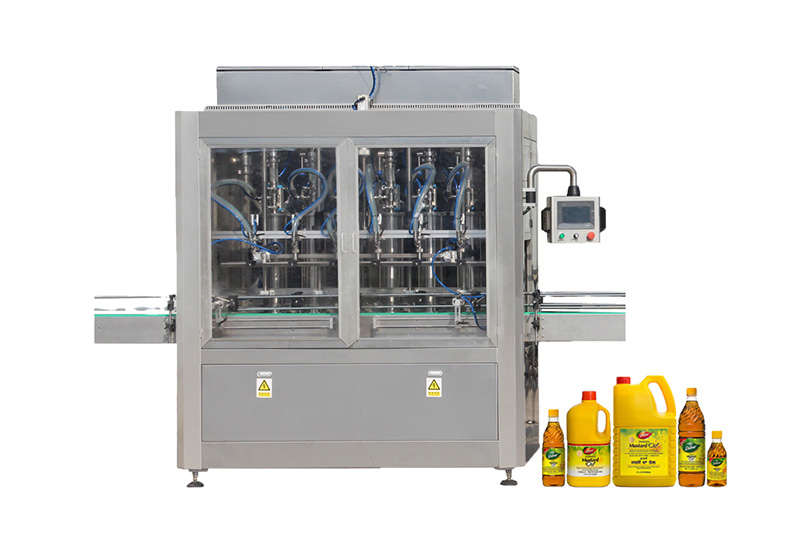
Silage review: Factors affecting dry matter and quality ...
May 1, 2018 · This review discusses the factors affecting DM and quality losses in terms of field and pre-ensiling conditions, respiration and temperature at ensiling, fermentation patterns, methods of covering and weighting the silage cover, and management of aerobic deterioration.
Send Inquiry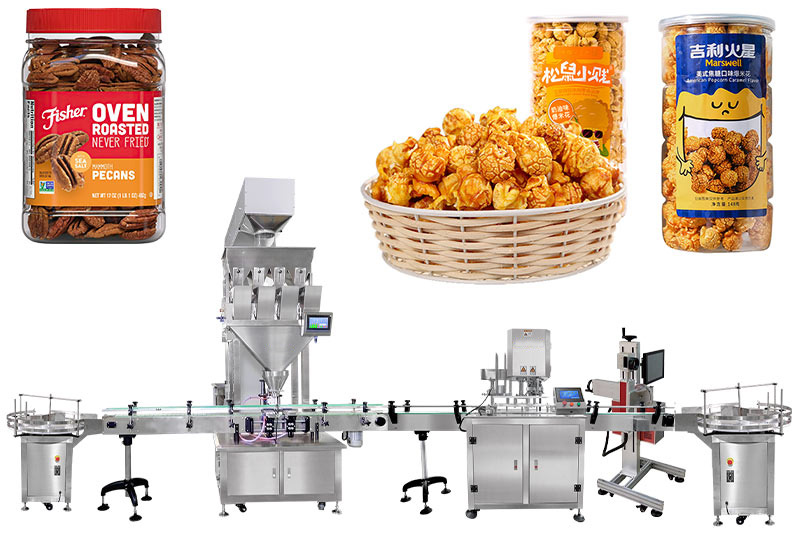
Silage review: Interpretation of chemical, microbial, and ...
May 1, 2018 · The goal of making silage is to produce a stable feed with a high recovery of dry matter, energy, and highly digestible nutrients compared with the fresh crop. Microbial fermentation in the silo produces an array of end products and can change many nutritive aspects of a forage. Author: Limin Kung, R.D. Shaver, R.J. Grant, R.J. SchmidtPublish Year: 2018
Send Inquiry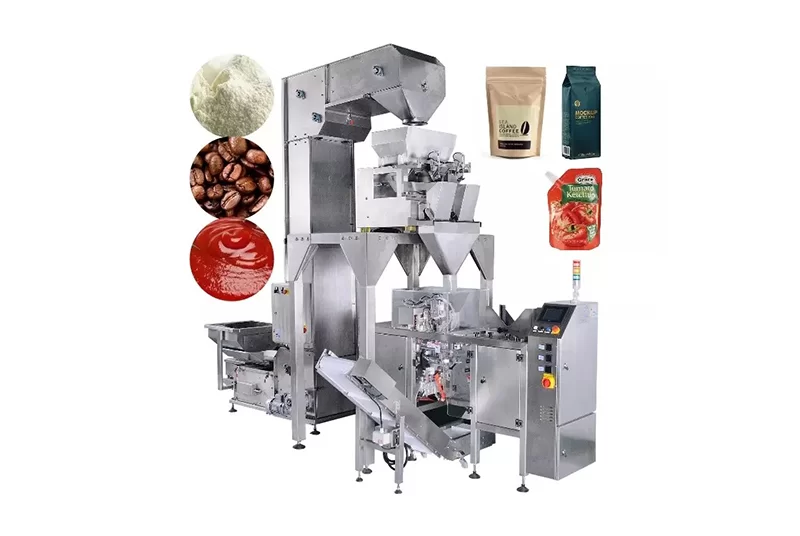
From Harvest to Feed: Understanding Silage Management
CachedMar 8, 2023 · Of the feed crops adapted to Pennsylvania, corn harvested as silage yields the greatest quantities of energy per acre, and alfalfa produces the greatest quantities of protein per acre. Both alfalfa and grass usually provide more energy and protein when harvested as silage than as hay.
Send Inquiry
Silage - Wikipedia
CachedCattle eating silage. Silage is fodder made from green foliage crops which have been preserved by fermentation to the point of souring. It is fed to cattle, sheep and other ruminants. [1] The fermentation and storage process is called ensilage, ensiling, or silaging.
Send Inquiry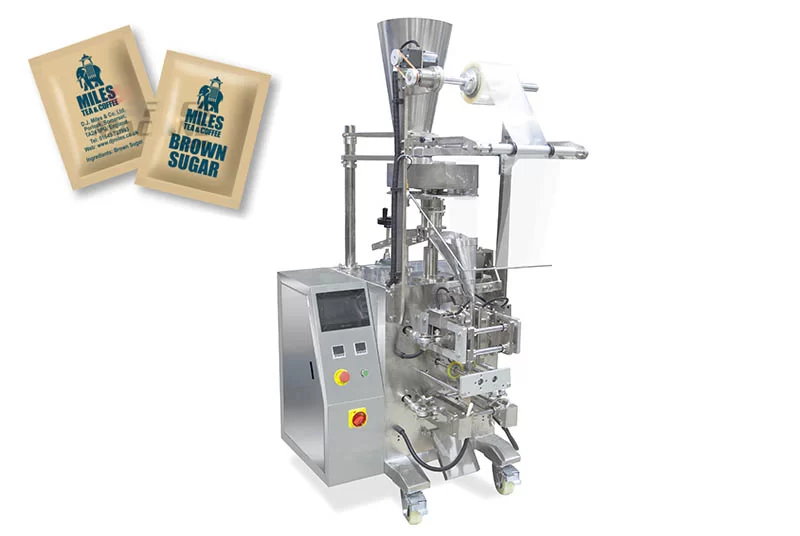
SS-AGR-177/AG180: Silage Harvesting, Storing, and Feeding
CachedJul 23, 2021 · Silage is high moisture forage, stored in the absence of oxygen and preserved by acids produced during the fermentation. During ensiling, bacteria ferment sugars in the plant to organic acids that lower the pH of the silage to levels that inhibit the growth of undesirable organisms.
Send Inquiry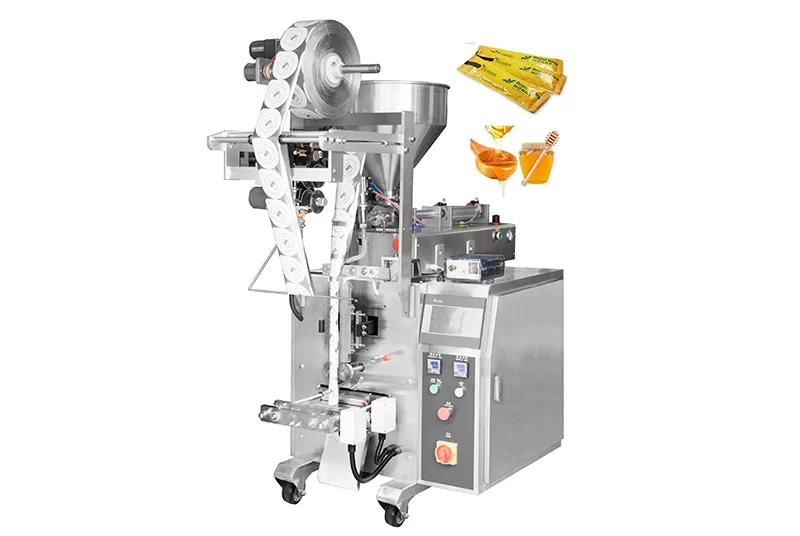
Silage review: Recent advances and future technologies for ...
Apr 20, 2018 · Whole-plant corn silage has been shown to be an effective feed for dairy cattle. Research conducted over the past several years has focused on manipulation of the physical and chemical characteristics of WPCS in an effort to improve its nutritive value and maximize milk production.
Send Inquiry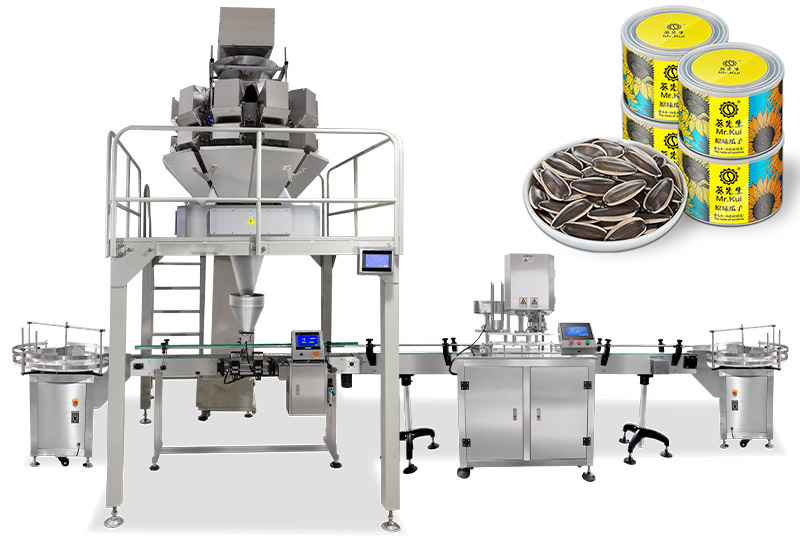
Silage and Haylage Production | NC State Extension Publications
Cached3 days ago · Three different moisture levels can be achieved: high-moisture silage (≤ 30% DM), medium-moisture silage (30% to 40% DM), and low-moisture (wilted) silage (40% to 60% DM). Low-moisture silage is referred to as haylage. When baled and wrapped, haylage is referred to as baleage.
Send Inquiry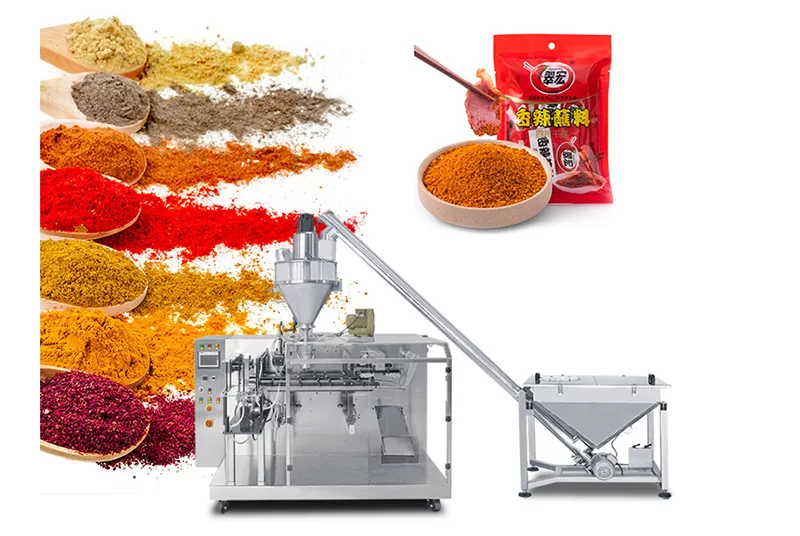
See results about
SilageFermented, high-moisture stored fodder
Send Inquiry

